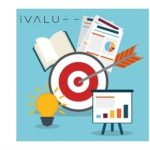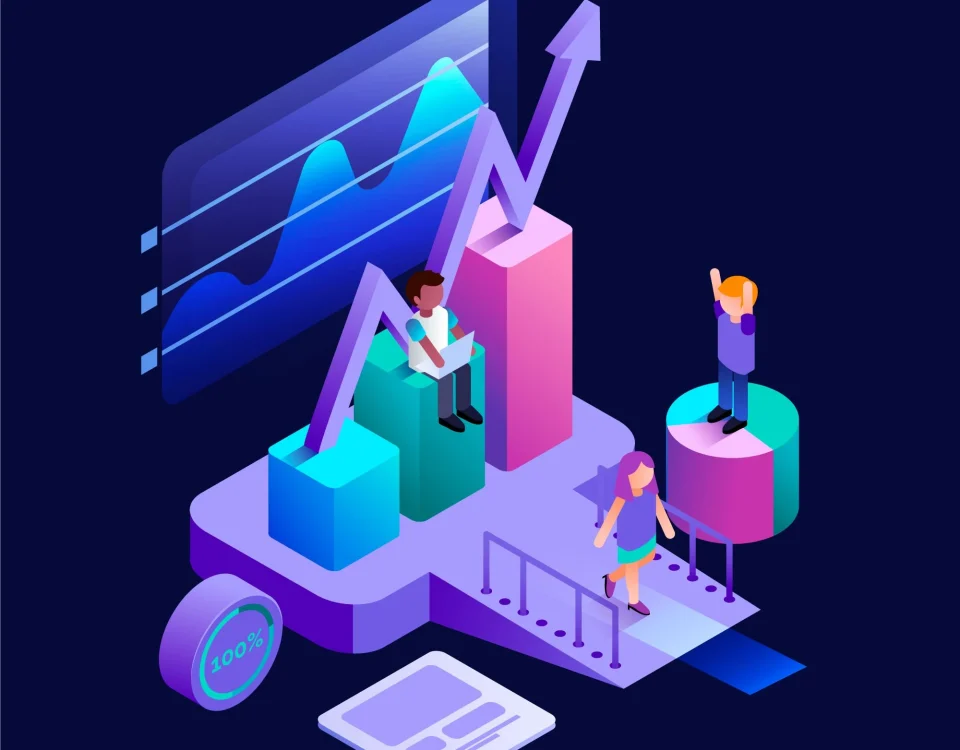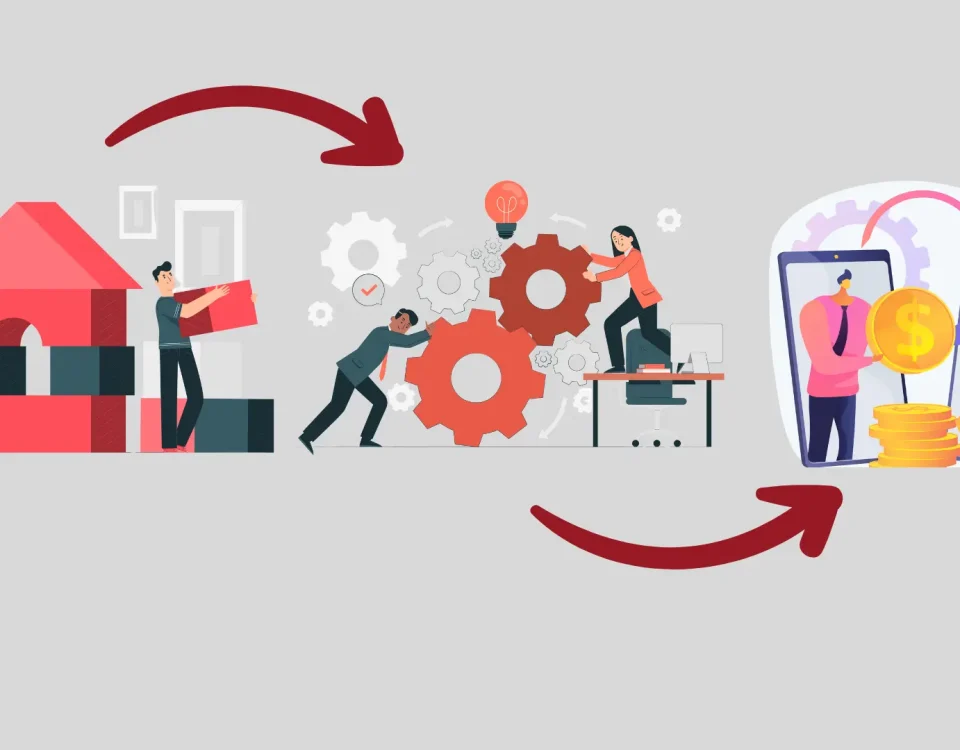
What helps you to be creative?
September 10, 2020
What are your aspirations for the week, month, and year?
September 11, 2020Workflow tools or workflow management systems, in and of themselves, are not the answer to your business roadblocks. The best workflow tool in the world won’t solve any problems if it’s not user-friendly or not used properly. It is simply a tool that can replace outdated manual workflow methods with an intelligent, streamlined digital workflow.
What is the actual impact of workflow tools?
• Streamline and speed up internal processes by reducing manual entries and request handling.
• Reduce errors and re-work/duplicity.
• Reduce the risk of improperly approved requests.
• Improve compliance with complete audit trails.
• Increase maximum output and increase productivity (this goes for people handling requests as well as
requestors).
• A unified, personalized request experience for all employees.
• Track request status (completed, pending, or in-progress, etc.) on real-time basis.
• Helps to track performance trends (group and individual) over time.
• Reduced license overhead for enterprise systems (i.e. ERP, CRM, etc.)
• Monitor team progress against Service Level Agreements.
• To Identify and remove process barriers or bottlenecks.
• Better align tasks with the appropriate skill sets.
• Drastically reduce paperwork and costs associated with it and waste.
• Reduce the need for manual decision making and handling with business rules and protocols.
The Easy Guide to Improving Workflows and Boosting Productivity
Unimproved workflows are the reason behind unsuccessful projects, lost revenue and unmotivated employees. Without a proper workflow in place, it is impossible to be productive or finish work on time.
That’s exactly why you need to streamline workflows to keep things organized and uncluttered. This is a necessary step towards getting your team complete more work in less time.
Follow the steps below to organize your workflows and improve your team’s efficiency and productivity.
Steps to Follow to Streamline Workflows
Step 1: Create Your Team
Improving workflow is a project by itself. Therefore a proficient team is necessary to monitor and carry out the different tasks.
A team is more applicable if it’s a large company with multiple departments and there are organizational processes that may affect all of them. In that case, it’s important to have a representative in the project team from each department.
Its important have an organizational chart listing the job roles and department which use in be best used to highlight the reporting relationships between the team members during the project.
Step 2: Collect All Necessary Documents
You need to have all documents related to your processes. If you have already documented your organizational processes this would be very easy. If you haven’t, you need to start your workflow improvement project with process documentation.
Check these process documents to identify the responsible parties and check when the processes are last updated or whether they are no longer viable.
Step 3: Identify All Processes and Workflows
With the help of your cross-functional team, one can identify all the current processes in the organization.
Apart from the team members, you can interview department heads, process owners and other top-level managers to gather information about the workflows and make sure that you’ve listed down all processes well.
You need to create a mind map to list down and categorize or prioritize the processes and workflows.
Step 4: Assess Existing Workflows
Now that the current workflows is listed in your organization and prioritized them, it’s time to assess them to identify the areas for improvement.
If you have already documented the processes, you may have access to a process map to start, but if you don’t, create a process map/ workflow diagram of the existing processes in the organization.
In addition, you can also question the employees who carry out the processes to gather information about the blockers and bottlenecks in the workflow.
Always take into consideration the conditions of other resources (i.e. computers, machines etc.) that are necessary to complete the process.
Step 5: Analyze the Results
Now that you know what’s working and what’s not, it is time to find solutions.
Take each area that you consider as waste into account and find their root causes. One can use the 5 Whys analysis or a fishbone diagram to do this.
As you identify the root causes, the solutions would become visible to you.
Organizations can also use gap analysis tools to recognize gaps in your processes and come up with action plans to close them.
Step 6: Create a Future-State Map
By marking down the areas for improvement and removing the inefficient steps from your processes, it creates a process that’s in its ideal state. This is called the future-state map.
You can visualize its process steps with another process map altogether. This way everyone in the company can refer to it for quick understanding.
Once the map is ready, review it with the process owners, senior managers and, other stakeholders to ensure that they are precise and feasible.
Step 7: Apply Changes
Now you know where to apply changes in order to streamline workflows and which processes you need to prioritize, it’s time to put the changes into application.
It is also important to update your process documents with the updated versions and share them with the rest of the organization.
Sudden changes you may make in processes would have an impact on your employees as well as your other stakeholders. So proper tools is needed in place to effectively to drive organizational success.
What Techniques/Tools Do You Use to Streamline Workflows
A good process to streamline workflows is necessary to increase efficiency and reduce costs regardless of the size of the company.
Workflow management software adds a layer of structure and visibility to your workflow, to turn ideas into products, and concepts into processes. These tools help you ensure that the project is delivered properly and that the quality of the project is not compromised. These tools help you to schedule tasks, collaborate with others, manage workloads, create and share documentation, and evaluate progress. Today, workflow management software is a necessary for keeping teams unified, especially with the growing complexity and fast pace of our multi-tasking, distributed workforce.
Taking advantage of the new capabilities offered by automation and the availability of useful data for decision-making, can work much better than a to-do list—you can support your team with an entire ecosystem of business process management tools (BPM tools) for creating efficient, optimized workflows.
The trick is to choose best workflow management software for your team, your business goals, and your budget. Here’s a list of the best workflow management software along with key criteria to consider in choosing a workflow tool.
The Best Workflow Management Software To Boost Your Team’s Efficiency
1. Monday.com
Monday.com, an award winning platform, is one of the few workflow tools that boost it of ‘not being a project management tool’! They’ve done away with a lot of the trimmings of typical workflow tools and actually focused on a structure and views that help clarify the sequence of work that needs to be done.
2. Celoxis – A project management tool for improving your workflow with reporting, project dashboards, and integrations.
An example of a CRIB (Change Requests, Risks, Issues, and Bugs) dashboard.
Celoxis is web-based software for managing projects, workflows, resources, issues, risks, timesheets and collaboration. Team members and managers can customize project dashboards, project KPIs, and reports to track project progress and workflow in real-time.
3. Wrike – Best for Scaling Organizations.
Wrike is intuitive workflow management software best suited for teams of five or more, and offers an unlimited number of users. As highly configurable software, it can customize workflows, dashboards, reports, and request forms.
4. Kissflow
This is the buffet of workflow management software combining projects, cases, and collaboration with its core functionality, workflows. Kissflow offers an integrated digital workplace for all forms of work, both manual and automated.
5. Hive
Hive is a project management tool, collaboration platform and workflow management software that powers big companies like Starbucks, Uber, WeWork and IBM. With AI-based analytics, thousands of integrations, flexible project views, and much more, Hive streamlines your workflow in one centralized platform. It can be used by teams of varying sizes, from 10 people to 1,000, Hive is a great option for a diverse range of companies and work flows.
How to Choose the Best Workflow Management Software/Tool?
The best workflow software out there is one that supports closely with the requirements of your business processes. When choosing, ask yourself:
• What Do You Need It For?
You need to identify: are my processes human- or system-centric? A human-centric workflow is more focused on bringing people and their tasks, documents, and progress into one place. A system-centric workflow focuses on bringing different business processes or systems together, integrating their functions to create an integrated workflow in one space.
• Who Is Going To Use It?
How many people are there in your team? Who is going to use the tool, and is role-based access control required? You also need to know what types of people will be using the tool in order to decide if you require something code-based or with low/no code.
• How Would That Fit Into Your Process?
Your tool should fit with your existing toolkit and integrate with the right tools? If this is one of the first tools you’re adding, will it scale and expand in order to meet your requirements as you grow? Is it online, or if they need something that works offline as well.
• How Long To Get It Running Smoothly?
Is it easy to implement? Along with this, look at the ease of onboarding: is it a tool that you’re that is user friendly? Many tools offer different levels of support based on your pricing tier—does it offer technical support? You also need to know if its solution hosted, or will you maintain the infrastructure behind it?
• How Much Does It Cost?
Prices fall into a wide range from Rs 0 to Rs 4000 per user per month. Most workflow tools are priced per user, which highlights the significance of considering how many team members will use it—as well as how many team members are going to be using it in the future. Make sure you look at how the cost will increase as you scale—not only will your costs increase with each team member, but you may also need to strike up your plan to a more expensive tier as your business needs expand.
References:
https://www.integrify.com/workflow-tools-whats-the-impact/
The Easy Guide to Improving Workflows and Boosting Productivity
https://thedigitalprojectmanager.com/workflow-management-software/







